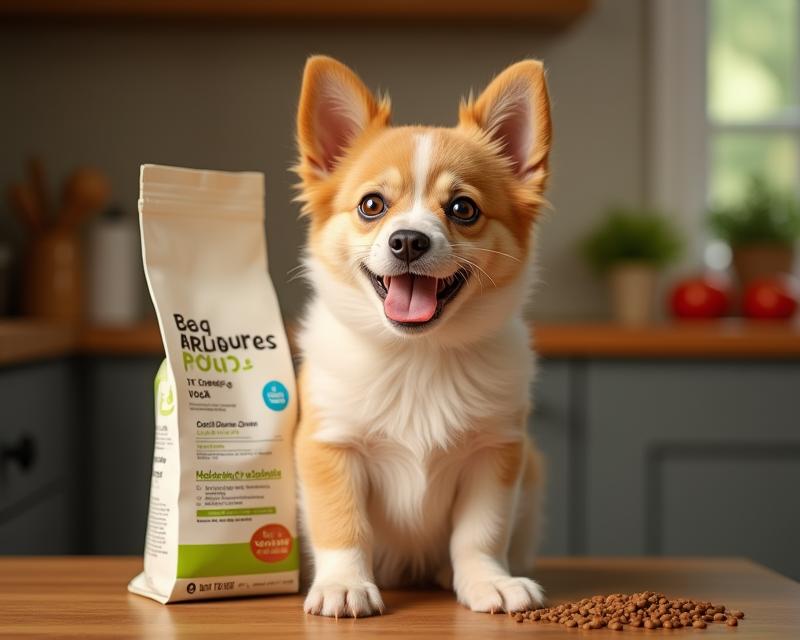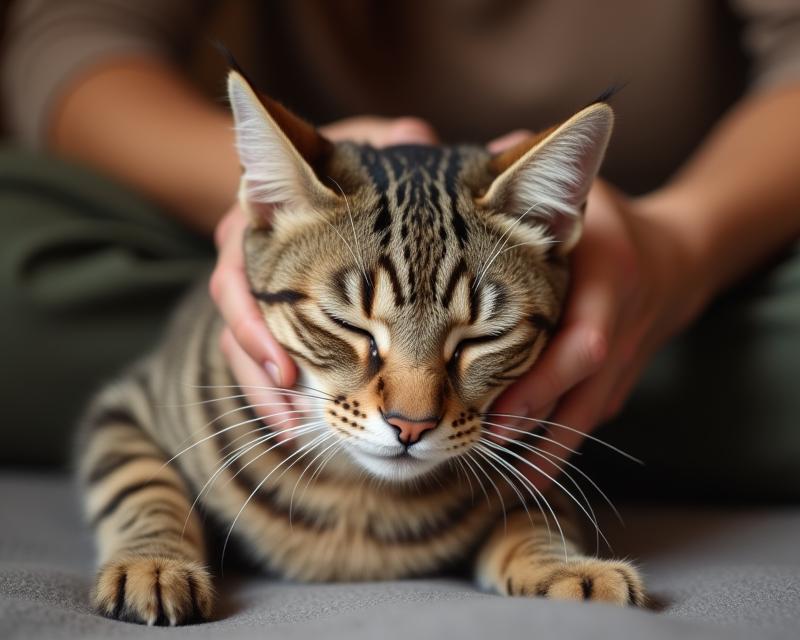Decoding Pet Food: What's Really Inside?
Publish in Health el 28/06/2025 23:13
Decoding Pet Food: What's Really Inside?
Choosing the right food for your furry, scaled, or feathered friend can feel overwhelming! With so many options on the market, it's hard to know what constitutes truly high-quality pet food. This article will break down what to look for, helping you make informed decisions to keep your pet happy and healthy.

Understanding Ingredient Lists
The ingredient list on pet food packaging isn't just a random jumble of words. Ingredients are listed in descending order by weight. This means the first few ingredients make up the bulk of what your pet is eating! Look for named meat sources like "chicken," "salmon," or "beef" as the first ingredients. Avoid foods where the first ingredient is a generic term like "meat by-products" or "animal digest." These can be lower quality and less nutritious.
Protein Power
Protein is essential for building and repairing tissues. Your pet's protein needs will vary depending on their species, age, and activity level. Dogs and cats need a significant amount of protein. For dogs, look for a variety of protein sources. Cats are obligate carnivores, meaning they *require* animal protein to thrive. Ensure the food lists a named meat source as the primary protein.
Beyond Protein: Fats & Carbohydrates
Fats provide energy and support healthy skin and coat. Look for healthy fat sources like fish oil, chicken fat, or flaxseed oil. Carbohydrates provide energy, but pets don't need as many as humans do. Opt for complex carbohydrates like sweet potatoes, brown rice, or oats over simple fillers like corn, wheat, or soy. While these aren't inherently bad, they often offer less nutritional value.
What to Avoid
Be wary of foods with excessive fillers, artificial colors, flavors, and preservatives. These additives offer little nutritional benefit and can sometimes cause allergic reactions or digestive upset. Also, avoid foods that contain large amounts of sugar or salt. A healthy diet should be balanced and natural-tasting. Always consult with your veterinarian if you have any concerns about your pet's diet or have questions about specific ingredients.
Ultimately, choosing high-quality pet food is an investment in your pet's well-being. By understanding what to look for, you can provide them with the nutrition they need to live a long, healthy, and happy life!





